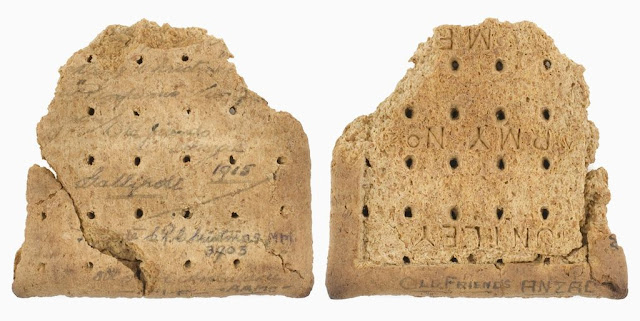From Brett R, thanks Brett
(Click on the items to expand)
March dates:
Month:
- Irish
American Month
- Music
in Our Schools Month
- National
Craft Month
- National
Frozen Food Month
- National
Irish American Heritage Month- designated by Congress in 1995.
- National
Nutrition Month
- National
Peanut Month
- National
Women's History Month
- Red
Cross Month
- Social
Workers Month
Did you Know? March was named for the Roman God "Mars"
Week Celebrations:
- 2nd
Week National Bubble Week
- 2nd
Week Crochet Week
March, 2016 Daily Holidays, Special and Wacky Days:
4 Employee
Appreciation Day first Friday in March
4 National
Salesperson Day - first Friday in the month
10 Popcorn
Lover's Day second Thursday
11 Worship
of Tools Day - guys, you can relate
13 Ear
Muff Day
13 Jewel Day
14 National Pi
Day- Why today? Because today is 3.14, the value of Pi.
15 Incredible
Kid Day - date varies
15 National
Agriculture Day - date varies
17 Submarine
Day - the hero sandwich or the boat??
18 National
Agriculture Day (date varies)
19 National
Quilting Day - third Saturday of month
19 Poultry
Day
20 Proposal
Day
25 Good Friday -
date varies
25 Pecan Day
25 Waffle
Day
27 Easter
Date varies
28 Dyngus
Day always the Monday after Easter
Fun Facts and History continued,
sent to me by Graham:
_____________________________
Anzac digger writes Christmas letter home on a biscuit
Perhaps unable to find an actual card on which to write a Christmas card home, one World War I digger resorted to penning his message on both sides of a hard biscuit. His name couldn't have been more appropriate: Cecil Robert Christmas, a sergeant who wrote this message in 1915 while taking part in the Gallipoli campaign. The biscuit, kept by the Australian War Memorial, is broken and almost illegible. It reads: "Merry Christmas ... Prosperous New Year from Old friends Anzac, Gallipoli 1915". During WWI, these English-made Huntley and Palmers biscuits were an essential part of the Allied army ration. Described as "very hard but highly nutritious", the biscuits were commonly fashioned into messages to home.
______________________________
Hordes of children swarm Santa at 1936 party
Radio station 2CH hosted its children's Christmas party at the newly opened Sydney Trocadero concert hall on Tuesday, December 22, 1936. Kids were encouraged to attend in plain or fancy dress, and enticed by the prospect of meeting radio personalities, the Hello Man (A.S. Cochrane) and the Fairy Godmother (Margaret Herd). Of course, it would not be a Christmas party without Santa Claus, and he arrived with a mountain of boxed presents to distribute to all the children, be they naughty or nice. Tickets cost one shilling and sixpence for adults and children over six, and nine pence for children under six
______________________________
A camera for Christmas
While digital cameras and mobile phones have revolutionised the way we take and store photographs, there was a time in the not-too-distant past when capturing a moment with stand-alone cameras and film was considered novel. George Eastman popularised photography with the first simple camera, the Kodak, in 1888. Over the next half-century, these cameras became more practical. This Australian advertisement, circa 1938, pitches the latest Kodaks as more than Christmas gifts. They are the "happy promise of a thousand delightful snapshots", and the Kodak film they use, essential.
______________________________
The 100 year old cat who arrived on the First Fleet
There were 11 ships in the First Fleet: two Royal Navy Escorts, six convict transports, and three supply ships. One of these was the Golden Grove, "the Noah's Ark of Australia": it carried cows, horses, sheep, goats, pigs, dogs and seven cats. Incredibly (in the literal sense of the word), one of these cats went on to live for more than 100 years, eventually winding up in the NSW town of Gundagai. According to a Tasmanian newspaper's 1876 yarn, "this wonderful cat has subsisted on pork sausages, and will not touch any other diet." Fifty years later, a Gundagai paper denied any local knowledge of such a cat, sniffily dubbing it "a mare's nest" — that is, an astounding-but-fraudulent discovery. The local disdain for felines is hardly surprising. Gundagai is, after all, a dog town.
BTW:
For overseas readers not familiar with the Oz town of Gundagai and the town's tourism feature of a dog sitting on a tucker box (food box), see a previous Bytes story at:






No comments:
Post a Comment
Note: Only a member of this blog may post a comment.